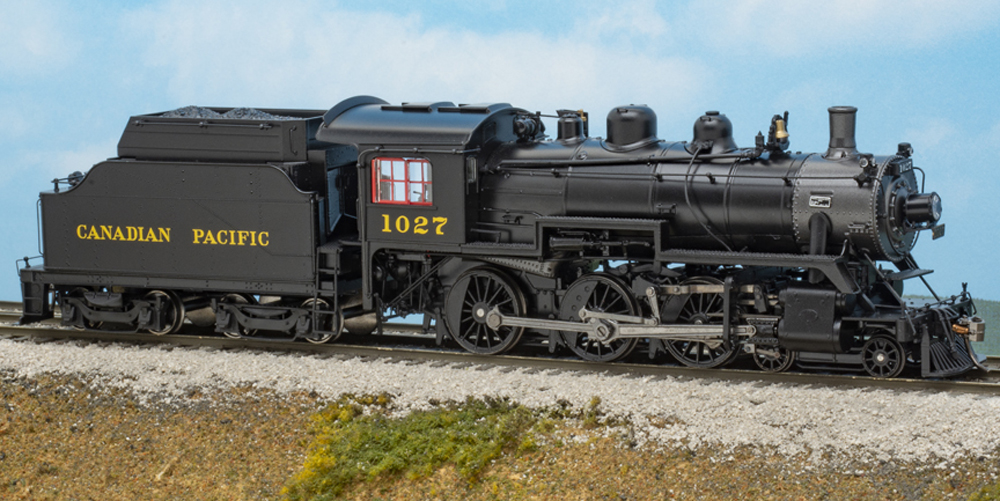
Q: Why are the flanges on model steam engine drive wheels so much larger than on the prototypes? Is it because the models don’t weigh very much? Or is it because they have to navigate tight curves? And do larger scales (like G scale and live-steam models) have flanges that are closer to the prototypes? […]
Read More…
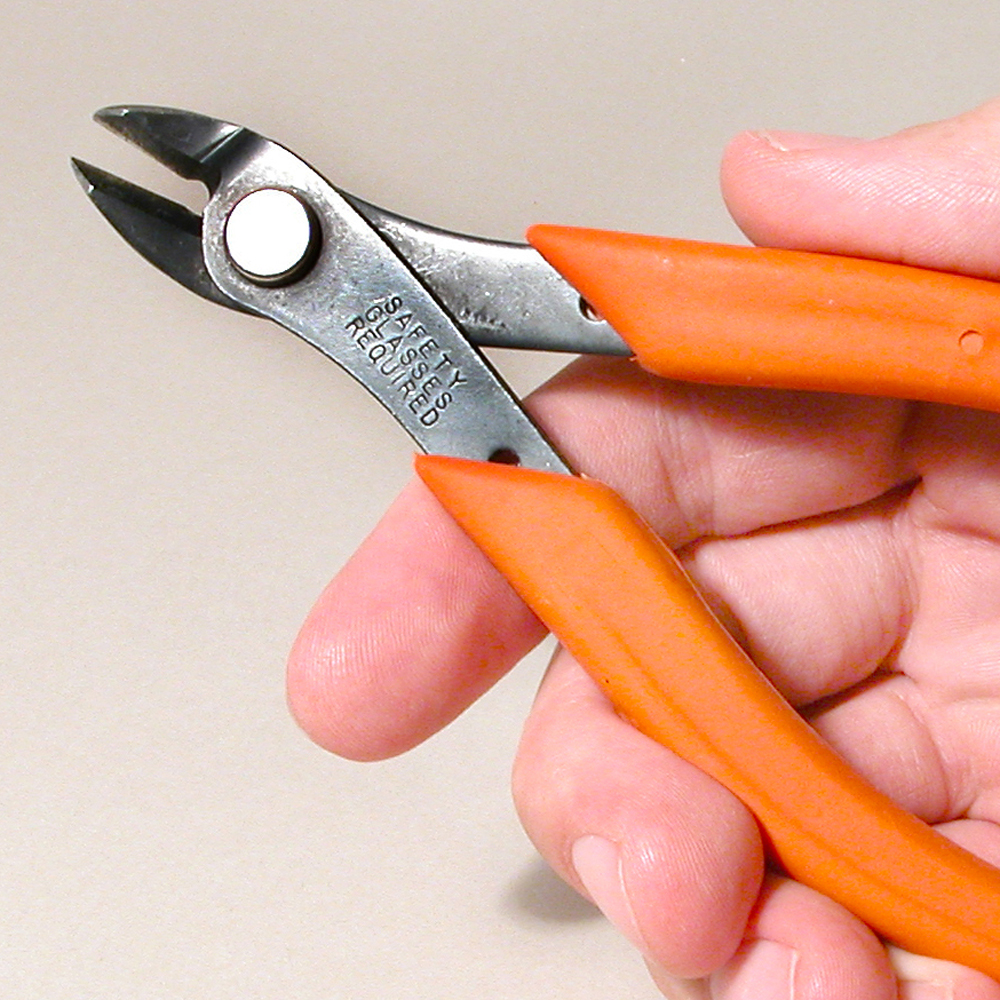
Q: Please explain how to tell the difference between horizontal and vertical cut rail nippers. — Dave Smith A: To answer your question, I turned to a blog on the Xuron Corp. website. The well-known manufacturer of hobby tools, based in Saco, Maine, recommends using its 2175B track cutters on new installations. The tool, which […]
Read More…

Q: In all my 74 years of looking at train tracks this is the first time I noticed a “No trespassing” stencil on the web of the rail of the Union Pacific tracks that run by my home in Fort Dodge, Iowa. I’m curious if this is standard procedure for the UP or if other […]
Read More…

Q: How do mechanical passenger car washers work? — Steve Moore A: Keeping passenger cars clean is a never-ending battle as they’re subjected to the same dirt, dust, and grime as locomotives and freight cars. While spot cleaning, such as windows, is handled en route, extensive cleaning is handled at coach yards and larger terminals. […]
Read More…
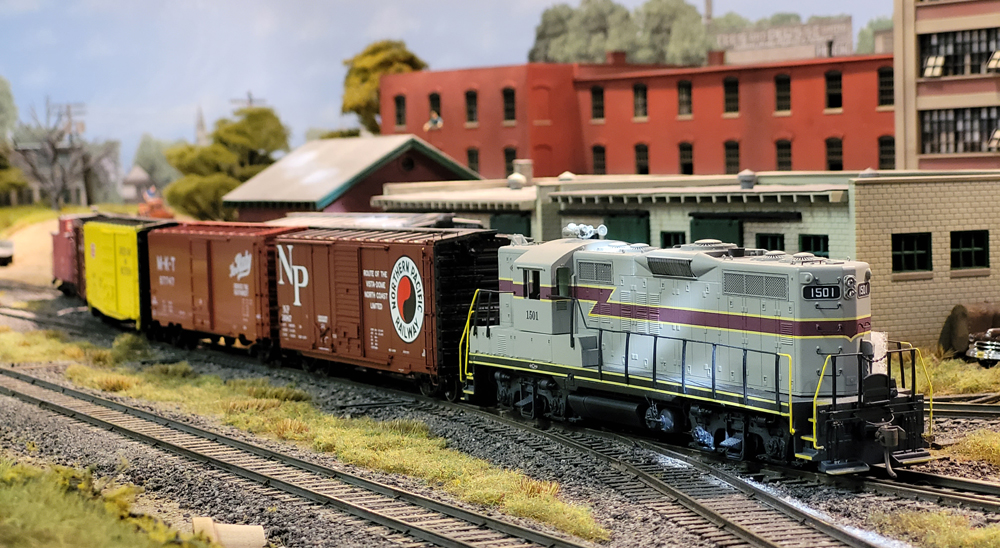
Getting started in model railroading can be a daunting task, even for those with experience and knowledge regarding prototype (i.e. real-life) railroading. We’ve been asked in the past what we at Model Railroader consider the “essential” locomotives and rolling stock for beginner model railroaders. Well, that’s a loaded question, one which opens more questions than […]
Read More…
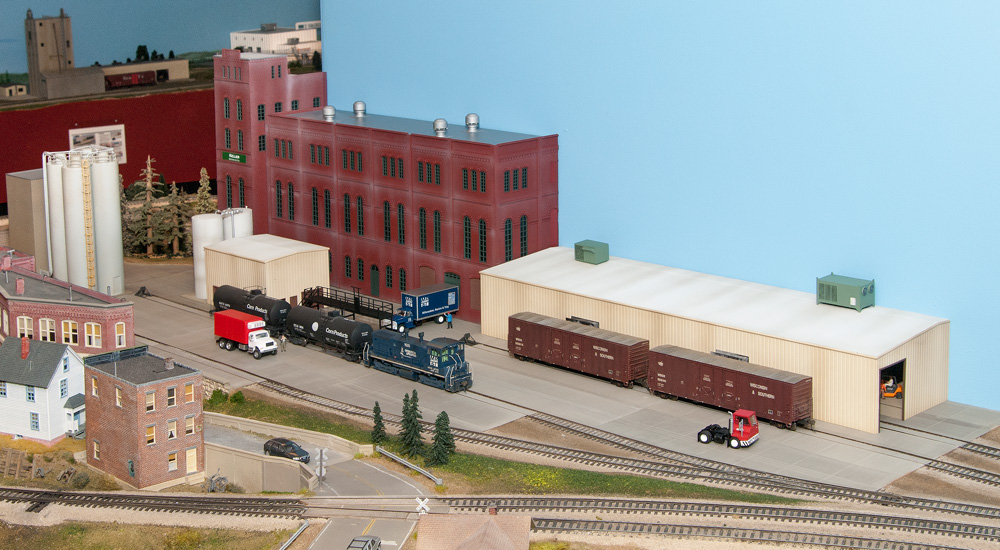
Q: I’m planning a rail-served brewery for my N scale layout. What did these industries look like, and what kind of products would trains deliver to the brewery or haul away from it? — Eli Quarless A: Breweries are large, sprawling, complex industries that take up multiple buildings and receive and ship a wide variety […]
Read More…
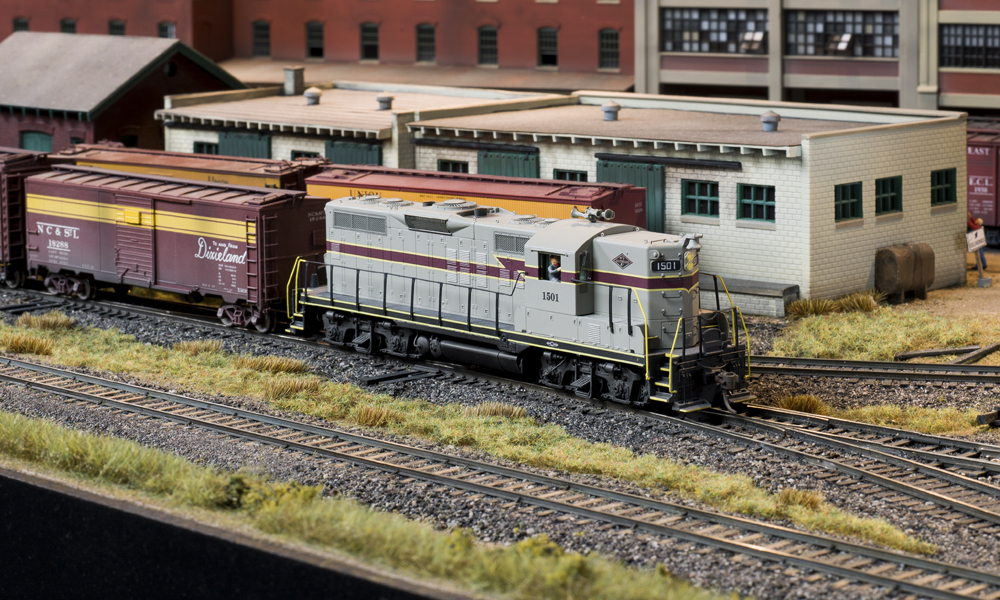
So you’ve found the hobby of model railroading. Whether you were introduced to it by a family member or friend, or picked up an issue of Model Railroader at the newsstand, or found a video of modeling on YouTube, you’re here for a reason. Why should you join the hobby of model railroading? Community […]
Read More…
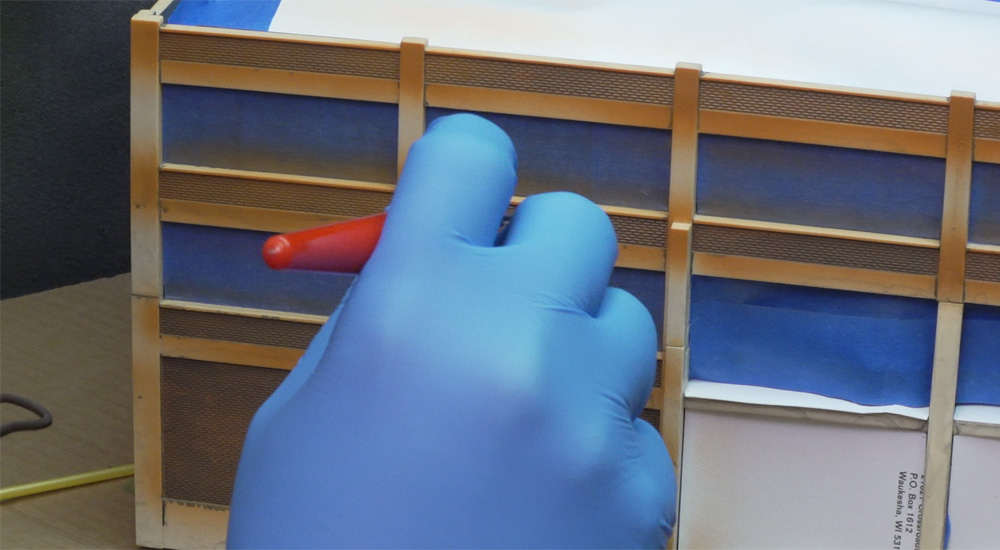
Q: I wonder if you could offer some ideas as to what might have caused a rough finish on an airbrushed structure. The prototype’s facade has white enameled panels, which I made by scribing lines in white styrene. The rest of the exterior is gray with a concrete block pattern, which I also modeled in […]
Read More…
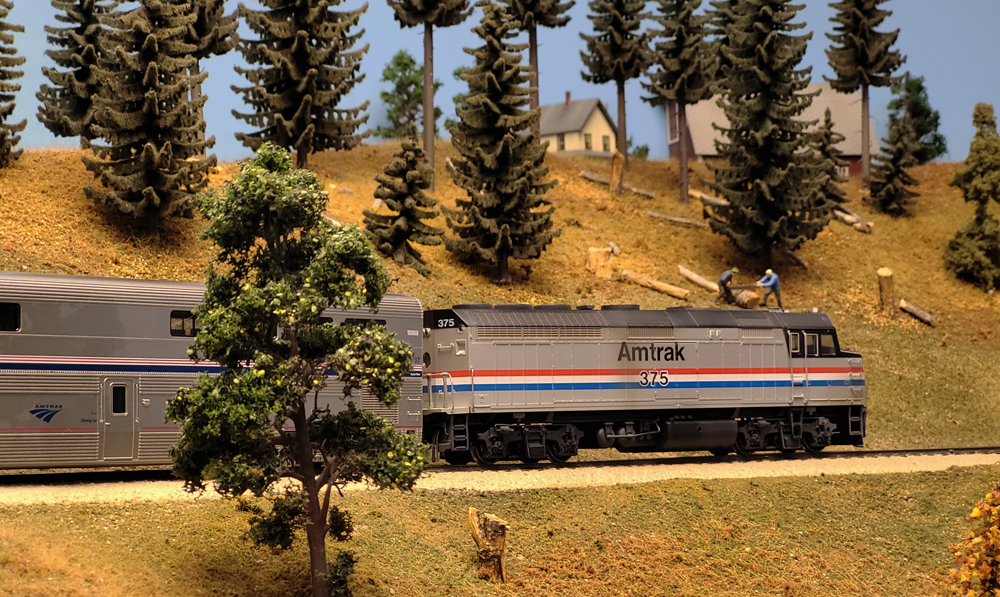
While reminiscing and revisiting my archive of photos of our dearly departed Milwaukee, Racine & Troy HO scale layout, I found myself admiring my own work. No, not my contributions to the MR&T, of which there were none, but rather my own photos, all of which were captured with my smartphone camera. For better or […]
Read More…
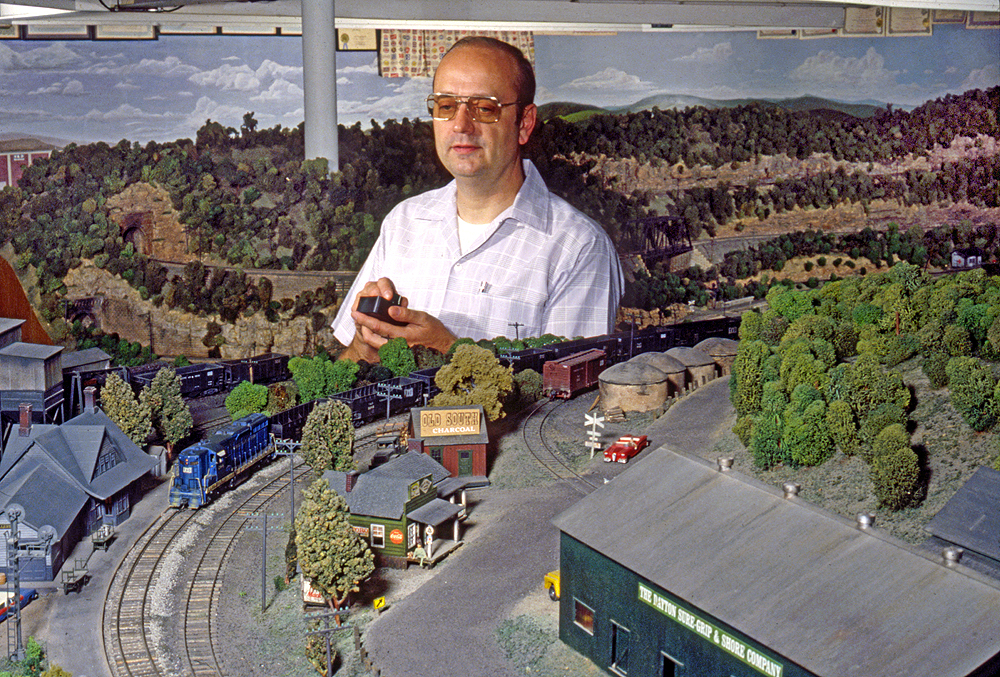
Since January, we’ve been nominating people to establish a Model Railroader Hall of Fame. Just to be clear, this isn’t a Model Railroader magazine Hall of Fame, but a Hall of Fame for all model railroaders. This idea had been percolating in my mind since a couple of middle-aged model railroaders came to visit the […]
Read More…

If you want to fascinate visitors and draw their eyes into your layout, make your layout tell a story. Many modelers put a lot of effort into making their locomotives, track arrangements, and operating schemes as realistic as possible. But not all of us put the same amount of thought into the little plastic people […]
Read More…
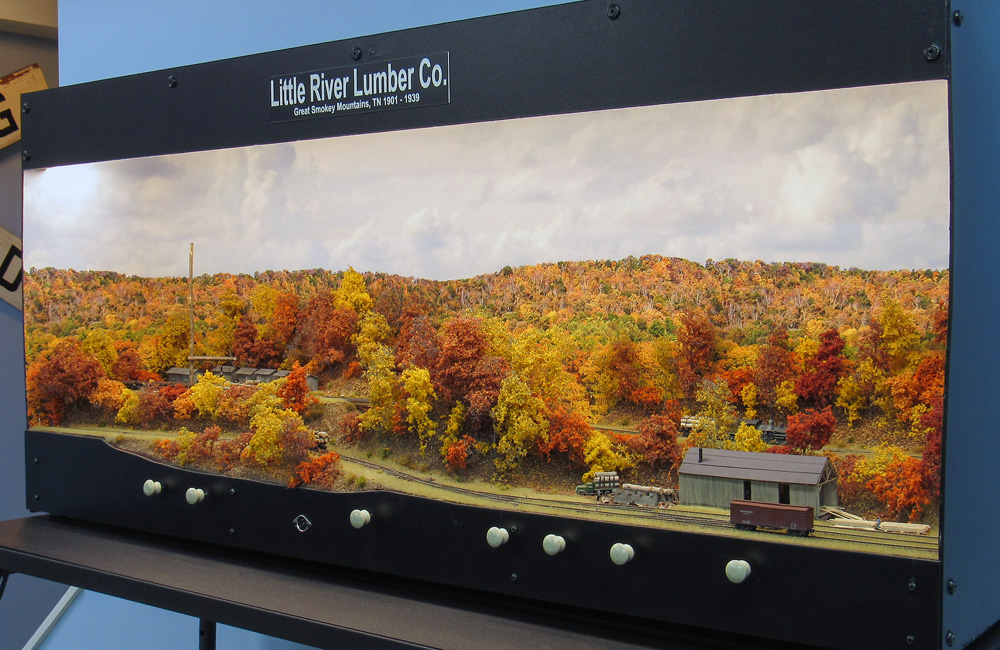
Q: I am in a decision mode as to what’s the best industry for a small shelf layout. I’m considering either lumber or grain. My shelf is 14″ x 6-0″. Also, what freight cars would be needed for each industry? Thanks. — Bill M. A: You didn’t say what scale you’re modeling in, but 14″ […]
Read More…












